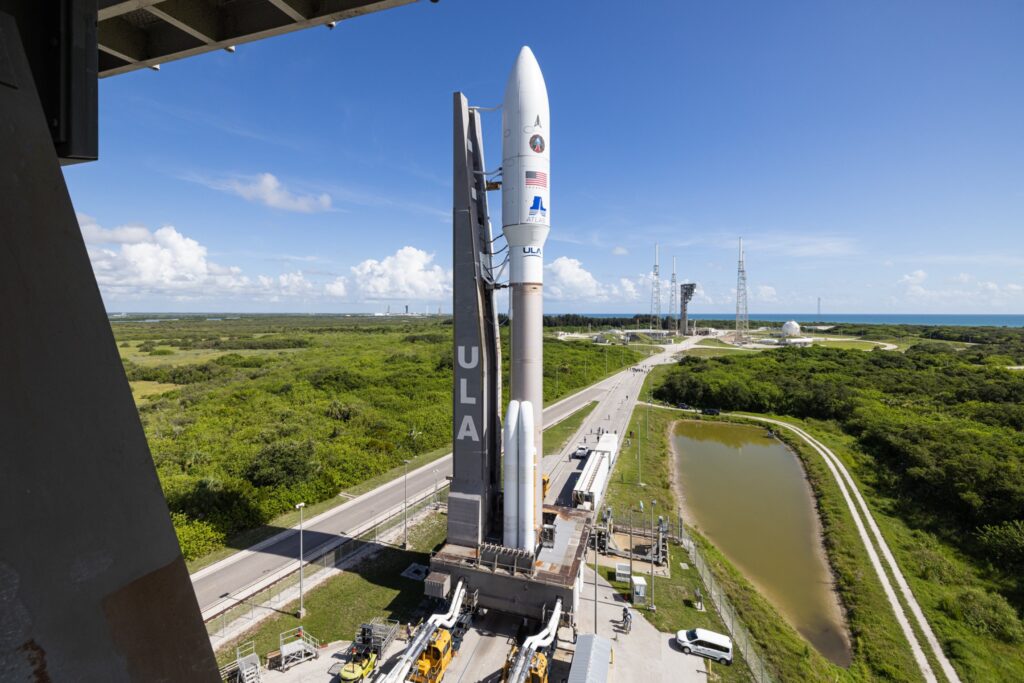El Segundo-based Millennium Space Systems designed and built a testbed space vehicle being used by the U.S. Space Force. Millennium is owned by Boeing Co.
On July 1, Space Force launched the geosynchronous Earth orbit wide-field-of-view testbed from Space Launch Complex-41 at Cape Canaveral Space Force Station in Florida.
Col. Heather Bogstie, Senior Materiel Leader for space systems command’s resilient missile warning, tracking, and defense acquisition delta, said that with wide field of view, the department was advancing necessary technology.
“Geosynchronous Earth orbit wide field of view will also let us qualify a new satellite bus for GEO at significant cost savings,” Bogstie said in a statement.
A satellite bus is the main body and structural component of the satellite in which the payload and all scientific instruments are held.

Roughly one-fourth the size of the Space-Based Infrared System, the WFOV satellite is designed for a one- to three-year life in geosynchronous Earth orbit. Its primary mission is to explore the ability of a single sensor to perform strategic and tactical missions simultaneously by continuously monitoring up to one-third of the Earth’s surface, according to a release from Millennium.
Jason Kim, chief executive of Millennium, said the company can do it all when it comes to small satellites – design, build, integrate, test and conduct mission operations.
“We were able to use our scalable flight-tested bus architecture to shorten WFOV’s development cycle,” Kim said in a statement.
The July 1 launch was aboard a United Launch Alliance Atlas V rocket.
Aerojet Rocketdyne Holdings Inc., an El Segundo-based rocket engine manufacturer, made the RL10C-1 engine that powered Centaur, the second stage of the Atlas V, at its facility in West Palm Beach, Florida.
